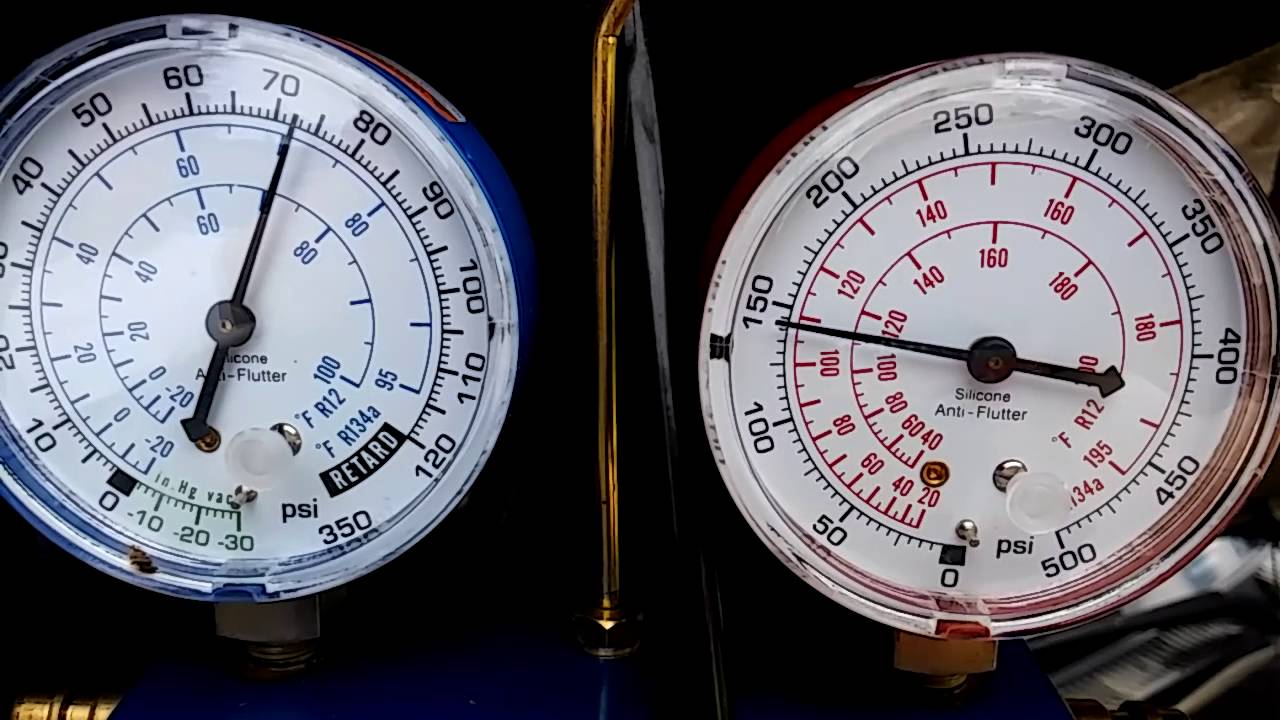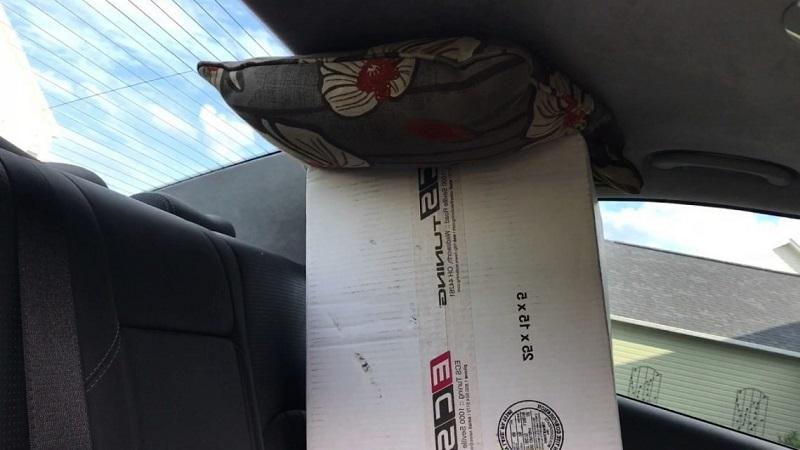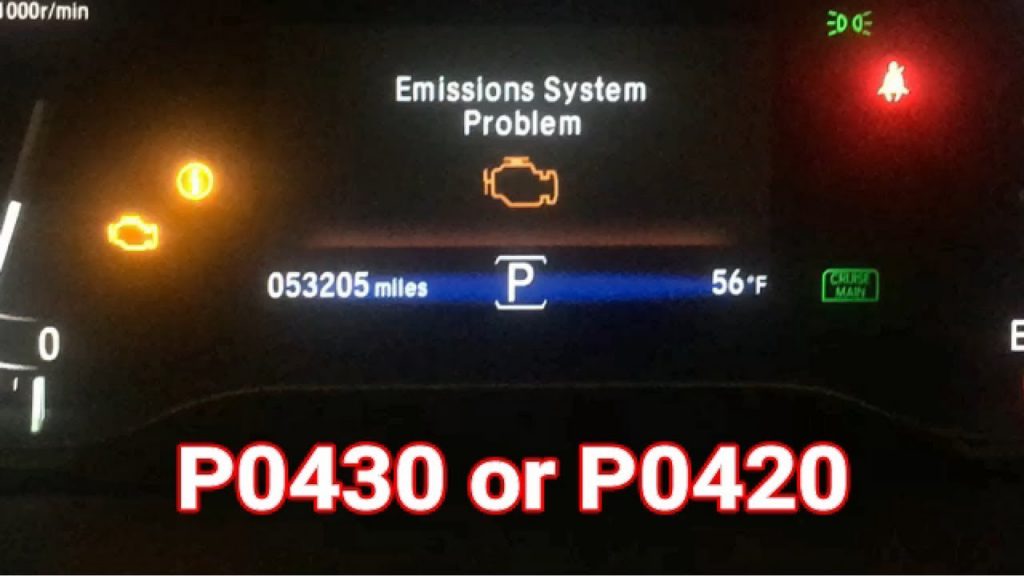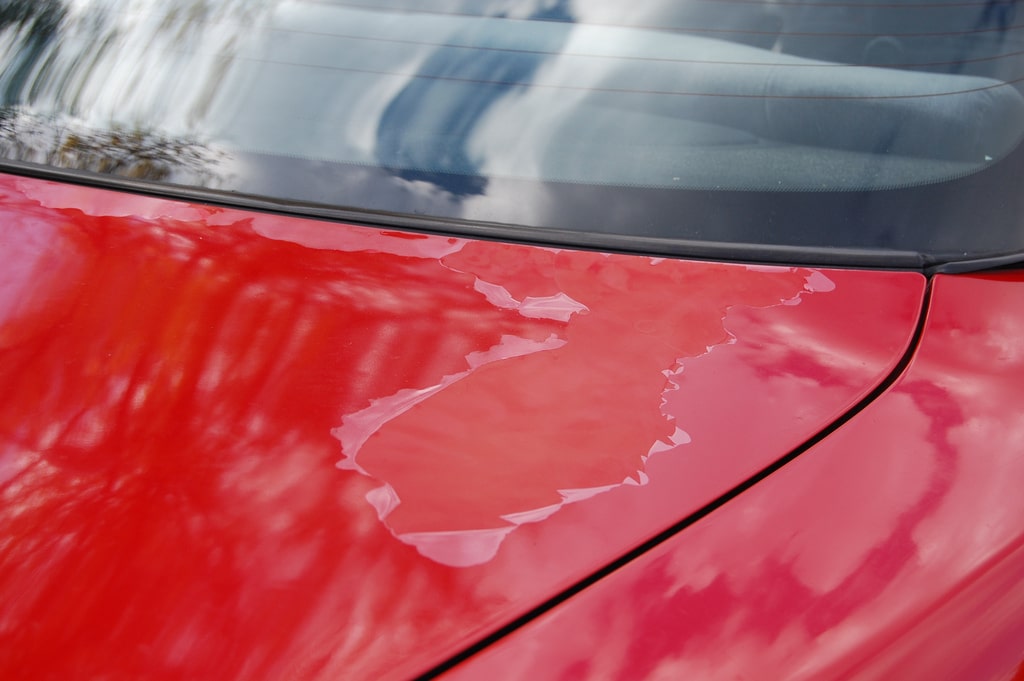Vintage Car Maintenance and Storage: The Ultimate Guide
There is something special about restoring and driving a vintage car that has a lot of history and character. However, to enjoy the perks of such an ownership, you need to know how to take good care of your classic baby, as these vehicles have quite many years on their back and are more fragile. Any damage could affect your classic car’s aesthetics and performance, which means a depreciation in its resale value.
In this comprehensive guide, you will learn the crucial routines and maintenance tips for regular upkeep of your vintage vehicle, including where and how to properly put it into storage during the long, harsh winter months.
How To Take Good Care Of Your Vintage Car
General Regular Upkeep
Take it out for a drive at least once a month: Typically, you’ll want to take your vintage car out for a casual drive once a month as a bare minimum, and more if the weather is forgiving. The main issue with vintage cars comes down to lack of use. Even if you buy one as a collector car, do not let it sit around in your garage for months on end, as the rubber parts like belts, rings and the seals will start to dry out and can develop cracks. When this happens, your old vehicle will be subjected to a higher chance of leaks.

Engine: Even when the weather doesn’t permit driving, it’s a good idea to at least start your vintage car once a month or every few weeks, as it will recharge the battery and allow vital fluids to circulate through the engine, thus making sure the engine is in good working order and always ready to go when you feel the urge to drive it.
Battery: Old car batteries will lose power after an extended period of being put in storage as well as in freezing temperatures. When you haven’t driven your vintage car for a while, remember to charge the battery manually using a 12-volt battery charger after the long storage period so you can avoid any non-starting problems.
In addition, regularly check all battery terminals to make sure they are free of contaminants or corrosion and fit tightly so that you cannot wiggle them by hand. Over time, battery cables and terminals are prone to corrosion. In addition, the terminals fitting can become loose, which will impede the alternator’s ability to charge the battery and provide power to the car. When needed, clean your car’s battery terminals with a commercial solution and a soft bristled brush, and a simple yet effective tip to protect against corrosion is to add a little Vaseline on the terminals. Another easy solution is to apply liquid electrical tape to create an airtight seal
Tires: Another reason that you need to take your vintage car out for a drive regularly is that when the car has been sitting in one spot for too long, the tires can begin to warp or form flat spots. Do take the car for a spin from time to time to avoid this problem.
Avoid direct sunlight exposure: Do not expose your vintage car to direct sunlight for extended periods. UV rays can make the paintwork fade prematurely, thus you should invest in a solid purpose-built car cover to give the vehicle some protection, ideally one made from breathable materials to prevent condensation. Older car paints are highly susceptible to damage, so even if the sun’s only on it for a couple of hours daily, covering up would preserve its beauty over the long run. A cover would provide protection against bird droppings, tree sap and moisture.
Try to get one that’s easy to put on and take off, so that you’re not too lazy to use it often, and try to give your vintage car the most comprehensive protection in the colder months, when low temperature can do a lot of damage. If you have to store your vintage car outside for extended periods without driving it, it’s best to get covers for the tires as well, since the rubber compound also deteriorates faster under direct sunlight.
An important note is to avoid using a standard tarpaulin or other plastic sheeting to cover your vintage car. They won’t let the car breathe, which means condensation, mould and mildew, and won’t fit as snugly as a purpose-built car cover for your type of car, thus won’t offer the same level of protection and in the wind can billow against your paint job, causing scratches. If you can’t find a cover that’s built to the exact specifications of your make and model, go with one that’s just slightly big and then peg it in place for a better fit.
Avoid road salt in winter: Road salt can also do a lot of damage to your classic car. In the winter, it’s a good idea to take your vehicle out for a drive after most of the salt on the roads has been washed away by the rain. Otherwise, it’s best to take the garden hose and wash the undercarriage, the lower parts of the car and in the wheel arches, reaching as far in as you can to get rid of any road salt. If left unchecked, road salt and dirt can cause corrosion of untreated metal surfaces. And remember to try to dry off any moisture before putting it back in the garage to avoid corrosion. If you have an air compressor, use it to blow water out of small crevices to aid the drying process.
Avoid exposure to extreme heat and cold: According to AAA’s Automotive Research Center, a car’s battery is weakened by about 60% at 0°F and at 32°F it loses 35% of its strength. Extreme temperatures can cause irreversible damages to your battery and what follows would be expensive replacement.
First off, extreme heat can evaporate your battery’s vital liquids, thus weakening its charge. It can also speed up the corrosion process, which will damage the internal structure of the battery and shorten its lifespan. Meanwhile, severe cold weather can freeze a battery. This will make the sides of the housing bulge, short out the plates and the battery will no longer charge. Lead acid batteries and Lithium Ion batteries are particularly weak to extreme cold weather.
Treat rust spots with quality lubricant: Minor rust spots are common for very old cars, but if left unchecked, this problem can escalate and ruin the look and structural integrity of your collector vehicle. Apply a quality lubricant regularly in any season to help prevent further corrosion and minimize the spread of rust, but especially when your car is stored for the long winter.
Keep the interior clean: In addition to upkeep of the exterior, you also need to regularly vacuum and clean the interior. Vacuum the floor and carpets since unclean carpets are more likely to retain any dampness, which can go under the floor and cause rusting.
Just make sure you use the right cleaning solution for the different materials. For example, for vinyl or leather surfaces, vacuum with an upholstery attachment to prevent damages or dust off with a microfiber towel. Fabric, vinyl, leather, wood and plastic surfaces each require an appropriate cleaner, so whenever you look to clean your seats or remove a stain, do your homework and buy the best cleaner for that particular material.
Another good way to protect the interior of your vehicle, especially if it has wood and real leather surfaces, is to tint your windows to provide some UV protection, as well as using UV blocking creams designed for leather or vinyl.
Winterize thoroughly: Before winter hits, give your classic vehicle a thorough inspection and winterize it. There are a lot to be done, but some of the most important things to do are:
- Trickle charge the battery: Car batteries have a capacity to withstand extreme cold to a certain extent, but this ability deteriorates with old age. Old car batteries will lose power in freezing temperatures, and can even die completely. Furthermore, a battery has adequate resistance to cold temperatures at 100% charged, but as it wears down, that strength will weaken. That is why during the winter months, you should get a smart charger for trickle charging the battery. Trickle charging would charge the battery at the same rate as the battery’s natural rate of self-discharge, thus maintaining it at full charge state. Look for a trickle charger that has built-in circuitry, so that it can be left plugged in 24/7 without overcharging, overheating or damaging the battery. That said, it is always recommended that you periodically take a look to make sure that everything is still in good working order.
- Fill the fuel tank: Before storage, fill the fuel tank to full. If a car will be sitting around for an extended period, condensation can form in the fuel tank and possibly result in mold. But when the fuel tank is full, condensation will be kept to a minimum. Topping off the fuel tank when you’re not going to drive your vintage car for a while is one of the easiest things you can do to keep it in good working condition.
- Check the fluid levels: A car uses a number of fluids for lubrication and to prevent overheating. Switching on the ignition when your classic car is low on fluid could cause serious engine damage. Therefore, make sure you check the fluids regularly, including the engine oil, coolant, transmission fluid and brake fluid. Note that coolant can thicken in extreme cold, so it’s best to switch to one of a lower viscosity so that it won’t freeze when it gets below freezing for long periods.
- Turn or remove your tires: To avoid tire deformation from sitting in one spot for too long, turn your tires every few weeks by just reversing it out of the garage and immediately back to keep the wheels well maintained. If you’re not going to drive the car for the whole winter, you may want to remove the wheels and stack them horizontally. However, even in the harsh winter months, you should take your car out for a drive as regularly as possible when the sun is out and the road is not icy, therefore leave your wheels on and try to maintain them if you can.
- Get rid of wipers: Wipers can be moisture collectors and freeze to the glass, which can potentially cause damage. You can either put the wipers into an upright position or just take them off during winter storage.
After winter storage: After a long period of winter storage, there are preparations to be made before spring comes:
- Recharge the battery: Using a 12-volt battery charger, charge the battery manually so you can avoid any non-starting problems. However, using a trickle charger to maintain the battery at full charge during storage would also prevent this problem.
- Wash and wax: Before you take your car out, make sure to clean, polish and wax it to protect the paint job from the unforgiving elements as well as grime and dirt. Especially for a vintage car, you should reapply wax every couple of months. If you cannot do this too often, you can opt for a hard wax that lasts for up to six months.
- Inspection and servicing: Also give your car a thorough inspection and servicing, so that everything is good to go in time for your first spring drive out.
READ MORE
How To Store Your Vintage Car In Winter
Disconnect the Battery: As above, if you do not want to buy a trickle charger to keep your battery in full charge during winter storage, it’s a good idea to disconnect it to preserve its charge. Or you can start the engine every few weeks and run it for 10 minutes or so to charge the battery.
Ensure good air circulation: If you have an enclosed garage for storage, it’s always a good idea to open the windows to allow for fresh air circulation to prevent unpleasant odors in the cabin when it’s time to drive again. Circulation is also important in helping to prevent mould. Just leaving the front windows slightly ajar can make all the difference. Just note that rodents and other small animals can get in through the windows, so make sure the interior is squeaky clean so that there’s no crumbs or anything that will attract them.
Temperature and moisture control: Keep an eye on the temperature of your garage. If it gets cold in winter and hot in summer, you’ll need to try different measures to control the temperature to protect your car. For instance, you can use a portable heater in the winter, or a dehumidifier to get rid of moisture in hot and humid months.
Also check if you can improve the insulation of your garage, for instance by fixing the cracks or gaps in the windows or under your garage door that are letting freezing air in. If there is still plenty of freezing air sneaking in, consider covering your car to better protect it in extreme cold and help prevent condensation.
It’s also a good idea to lift your car off the ground if possible to help protect the tyres, wheels and undercarriage from moisture.
Convertibles: For vintage convertibles store them with the top up to help keep its shape and prevent the material from shrinking.
READ MORE
- Investing In A Used Car? How To Check Car Engine First
- What Is A Good Mileage For A Used Car And Other Important Factors
Where you store your vintage car is also important:
Outdoors: If your only option is to store your vintage car outside, get a snug-fit cover made for your vehicle’s specifications, get tire covers as well and lift your car off the ground if possible to help protect the tyres, wheels and undercarriage from moisture.
Brick Garage: A brick garage, whether attached to a house or a standalone unit, offers the most comprehensive protection. Bricks can maintain a stable and reasonable temperature and protect against moisture. This will prevent condensation in cold weather.
Wooden Unit: Alternatively, you could store your vintage car in a wooden outbuilding or a barn, but a wooden shelter would not offer the same level of protection as a brick garage, so you should still cover the car. There are even pop-up wooden structures like a gazebo which are easy to put up and still better than keeping your vintage outdoors.
Precast Concrete Unit: You can build a precast concrete compound specifically for storing your collection of collector cars. This is a sensible option if you don’t have the time or money to build a brick garage. Note that concrete compounds means lack of air circulation, making it easier for mould and mildew to develop. To circulate air, you just need to run a couple of fans in the space every week or so.
Important Notes Before You’re Buying The Car
A vintage car is defined as an automobile of 10 years old or more that is rare because of limited production, or particularly desirable because of special design that is no longer made, or of exceptionally fine workmanship, or has some historical significance. A classic automobile that is 25 years old or older is referred to as an “antique”. This means that these used and probably pretty old vehicles require quite a bit of renovation and repair to be restored to working condition, and of course also command regular maintenance during your ownership to keep it running smoothly.
A crucial factor that would decide how easy it is to renovate, maintain and repair your vintage car is how available and affordable parts are.
There are many iconic vintage cars that were produced in large numbers, so there are quite a healthy pool of used models around. Therefore, you would find abundant aftermarket support for these vehicles, including knowledge sharing, parts and accessories availability, and professionals who can work on these old beauties to modify and upgrade them. Sometimes, getting a popular vintage model also means that you might be able to source scrap vehicles sold for almost nothing and get parts that still work from them to put in your car.
If you love “gas hogs”, the good news is today, vintage American big-block gas jugglers are easy to find at reasonable price points and ample aftermarket support, including Ford Mustangs, Eagle Talon, Chevrolet Camaros, Pontiac Firebird, Chevelles, and Corvettes.
Meanwhile, certain limited edition models are so rare that not only do they command a hefty sum to purchase, parts are also rare and expensive too. Plus, you might have difficulty finding a tuner who can do work on them. All these might just take away the enjoyment of hunting for and restoring a vintage beauty to its former glory. Be prepared and decide whether you are ready to take on this headache during the ownership.
Before You Buy: Secure A Mechanic Who Can Work on The Car
If you can take care of the repair and maintenance yourself, good for you. But buying a classic car, especially rare, limited models, might mean that you could be at the mercy of a limited number of technicians who can work on the car and thus will command high rates. Before you decide on a particular vintage, research the availability of these mechanics in your area, and learn about their rates. Secure yourself a good one before you commit to the purchase so you know you have someone to take care of your baby once something needs fixing, which happens quite often with vintage models of more than 10 years old.
READ MORE














